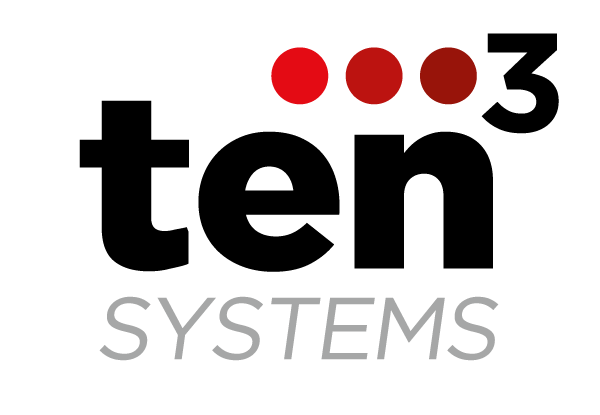In Agile Development, the basic focus is making sure that all the team members work together on a common goal, with no incessant politics, back-room negotiating, or competing goals. However, this idealistic vision can drive a lot of team dysfunction that can keep agile development at bay. When you’re working within such a system, it’s natural for problems to emerge; especially if the project manager isn’t paying attention to the larger picture. In this article, we’ll take a look at some cost saving methods that can make the most of agile development’s transparency and its collaborative nature.
Most Agile projects will have a few phases; each having its own unique Exposed Structures (ES). These are not specified in any formal Agile standard. Each member of a team will, however, be required to know about the general process scope, the goal of the project, and their individual stakeholder roles. This information sharing is most likely to occur during sprints – where teams will converge on a common goal and a common implementation plan. Let’s look at a typical scenario involving an ES and how it can impact the planning process for agile software projects.
So let’s take a step back from the decades-old iron triangle of project management and understand how scrum and waterfall principles can help agile project managers achieve agile organization Nirvana: When planning for the execution of a sprint, project managers should first determine the overall scope of the project. Then they’ll need to prioritize according to the priority of each individual stakeholder. Once this prioritization is in place, the team can start developing their methods for implementation. At the end of the sprint, when the product development process is complete, there will be an assessment of the entire process to determine if and how much time and money was spent on each element.
Each sprint begins with a “story points” sprint. In an agile project, a sprint begins by eliciting stories from the customer, defining them according to the product description, and defining the solution to the problem. A sprint ends when the story points have been executed and the product meets the sprint goal. Each story point is technically very short – perhaps just 1 sentence or a few screenplays. In either case, the story points of each iteration are a subset of the product development plan, designed to address the needs and requirements of the customer in just the right amount of time.
Each iteration of the waterfall or alpha stage contains one or two-story points. In both cases, the points define what the product will look like at the beginning of the next iteration. However, in neither case is the product ever finished – it is constantly in a state of refinement as teams work together to add to the product’s scope and functionality. No matter how many iterations the waterfall or alpha stage contains, agile development teams must continue to iterate until they meet their defined-story points. There are no “unified design principles” in agile development because each team is pursuing separate goals.
Most teams use a formalized process for determining the acceptance test success rate. For teams with integrated systems operator in the agile arena, these tests are usually divided into functional acceptance tests and user acceptance tests. Functional acceptance tests require teams to verify interfaces, build service boundaries, and validate database schemas. User acceptance tests determine whether end-users can construct, operate, and use the software and interface. These tests may be manual or automated, performed by individuals within the system’s operator team, or outsourced to outside testers.
